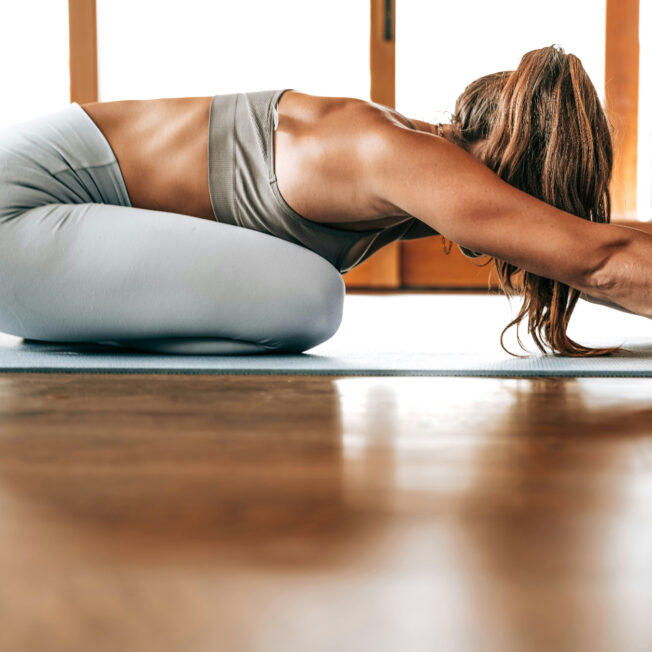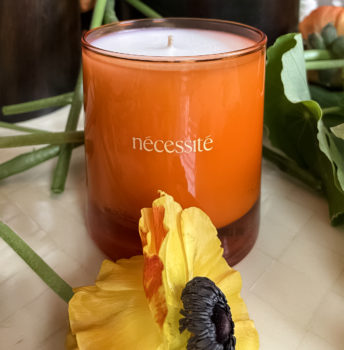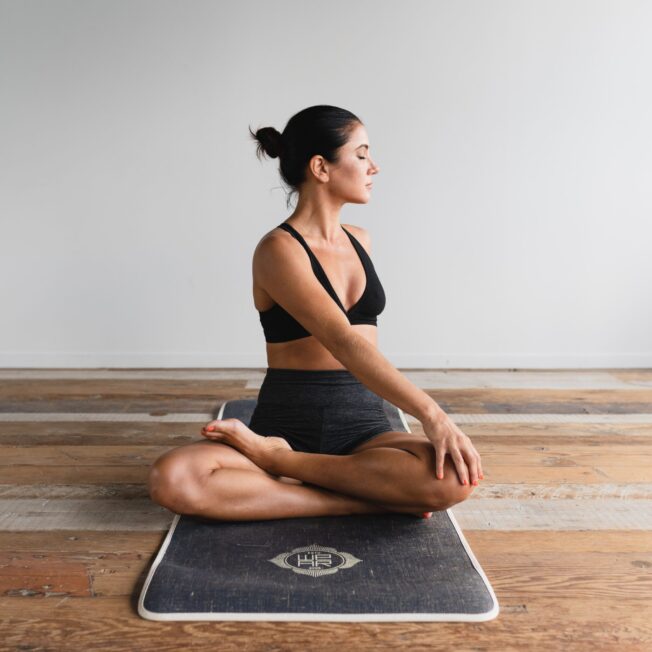Breathwork is a reliable staple when it comes to honing our mind-body connection. In our day-to-day lives, breathwork techniques can help us all release the emotional, mental, and physical stress that may plague us throughout the day.
There is a wide variety of breathing techniques we can lean on in our mindfulness journey, whether that be diaphragmatic breathing, resonance breathing, pursed lip breathing, and more. Among these methods include box breathing, but what does this technique entail?
What is box breathing?
Box breathing is a yogic deep breathing technique, also known as sama vritti pranayama, which originated from the ancient breath technique pranayama. Similar names, including 4×4 breathing, four-square breathing, or square breathing also know it. Navy Seals commonly use this technique to calm the mind and destress.
This breathing technique gets its name fittingly from the fact that there are four sides to a box. This coincides with the technique, which calls for breathing while slowly counting to four a total of four times.
What are the benefits of box breathing?
When we’re stressed, we can feel it. Stress can increase our blood pressure and heart rate, and it can cause muscle tension, shallow breathing, and shortness of breath. By practicing box breathing, we combat our body’s stress response with a relaxation response to ease the physical effects and mental anxieties. When we breathe deeper, this can slow our heartbeat and lower blood pressure as well as relax the muscles.
Box breathing can help manage other conditions. It can help improve cognitive abilities and attention, combat and improve depression, and reduce negative emotions. Breath regulation can also help lower stress, lowering cortisol levels, activating the parasympathetic nervous system, and calming the mind.
How can you practice box breathing?
When practicing box breathing, it’s important to remember that everything will happen in fours. This means you will breathe in through your nose for four counts, hold your breath for four counts, exhale for four counts, and hold your breath for four counts again after you exhale.
However, you may adapt the technique to your abilities or comfort level. If four seconds is too much, try two or three seconds until you get the hang of the cadence. Additionally, if you find it difficult to fall into the rhythm, say the numbers in your head first. Last but not least, it’s easier to breathe when your body is relaxed – get comfortable in your chosen position to reap the most benefits.

















